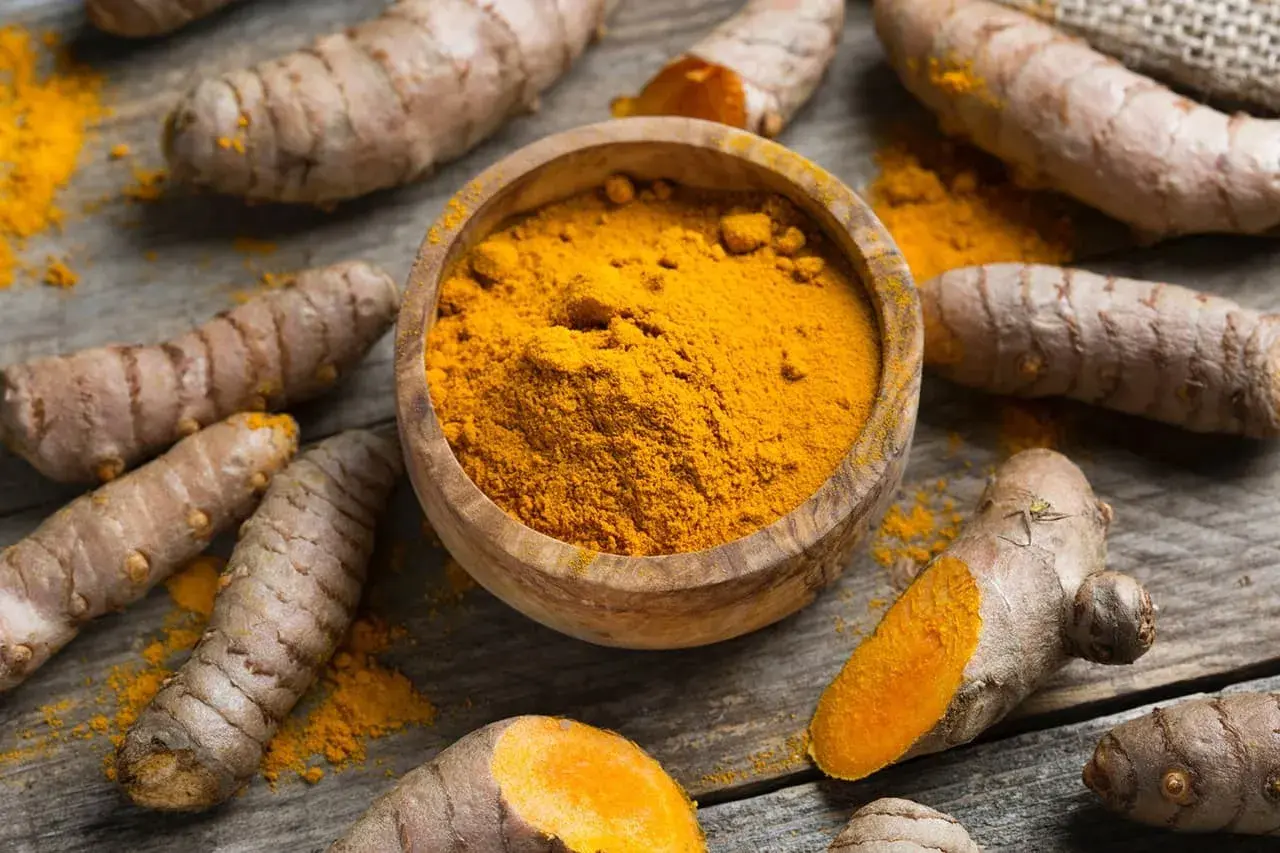Turmeric, often recognized as a vibrant spice in various culinary traditions, is now gaining traction as a natural remedy for a variety of health issues. This root, scientifically known as Curcuma longa, is frequently used in foods and dietary supplements like cough syrups due to its properties. Let's delve into what turmeric is, its components, and the numerous benefits it offers, especially for children and their parents.
What is Turmeric?
Turmeric is a flowering plant of the ginger family, prized for its bright yellow color and unique taste. The root of the plant, often used in powdered form, contains several beneficial compounds, most notably curcumin. Curcumin is the active ingredient responsible for many of turmeric's health benefits.
Components of Turmeric Root
The turmeric root is packed with various compounds, including curcuminoids, which are a group of active components. Among these, curcumin is the most potent and well-studied. It is known for its powerful anti-inflammatory and antioxidant properties, which contribute to its wide range of health benefits.
The Many Benefits of Turmeric
Turmeric offers a plethora of benefits, making it a valuable addition to your family's health regimen. Its impact on coughs, colds, wound healing, and overall immunity is particularly noteworthy.
Immunity and Antioxidant Properties
One of the standout benefits of turmeric is its ability to support the immune system. Curcumin, the key compound in turmeric, has been shown to modulate the immune response, which can help the body fight off infections and reduce inflammation[1]. Additionally, turmeric is rich in antioxidants, which help protect cells from the oxidative damage caused by harmful molecules called free radicals[2].
Coughs and Colds
Turmeric's anti-inflammatory properties make it an excellent natural immune boost while experiencing coughs and colds. Studies have shown that curcumin can help reduce nasal symptoms such as sneezing, rhinorrhea, and nasal congestion[3]. It does this by decreasing nasal airflow resistance and alleviating inflammation in the nasal passages[3]. This can be particularly beneficial for children who are prone to upper respiratory tract infections.
Wound Healing
The antioxidant and anti-inflammatory effects of turmeric also extend to wound healing. Curcumin has been found to accelerate the body’s healing process by reducing inflammation and promoting the growth of new tissue[1]. This can be helpful for minor cuts and scrapes that children often encounter during playtime.
Incorporating Turmeric into Your Family's Routine
Given Turmeric’s numerous benefits, it may be beneficial to ask your health care practitioner about incorporating Turmeric into your family’s wellness routine. Here are a few things to consider:
Food or Supplements
Look for food or supplements like cough syrups or supplements that contain turmeric. These products are often formulated to be safe and effective for children and can provide a natural alternative to conventional medications. Always consult with a healthcare provider before introducing a new supplement, especially for children.
Dietary Inclusions
Adding turmeric to your family's meals is another easy way to reap its benefits. You can include it in smoothies, soups, or even sprinkle it on roasted vegetables. The mild flavor makes it versatile and easy to incorporate into various dishes.
Supplements
Turmeric supplements are also available and can be a convenient way to ensure consistent intake. Always consult with a healthcare provider before introducing new supplements, especially for children.
Turmeric, with its powerful active ingredient curcumin, offers a wealth of health benefits that can support the well-being of your entire family. From boosting immunity and providing antioxidant protection to alleviating symptoms of coughs and colds and even aiding in wound healing, turmeric is a natural ingredient worth considering. Incorporating it into your routine through supplementation and diet can help your family stay healthier and happier.

